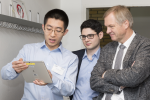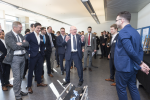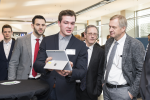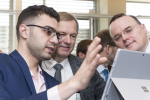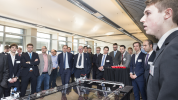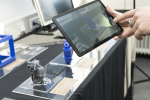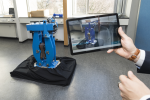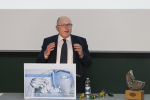The success story IP - Integrated Product Development 2018/2019 reveals once again innovation potential.
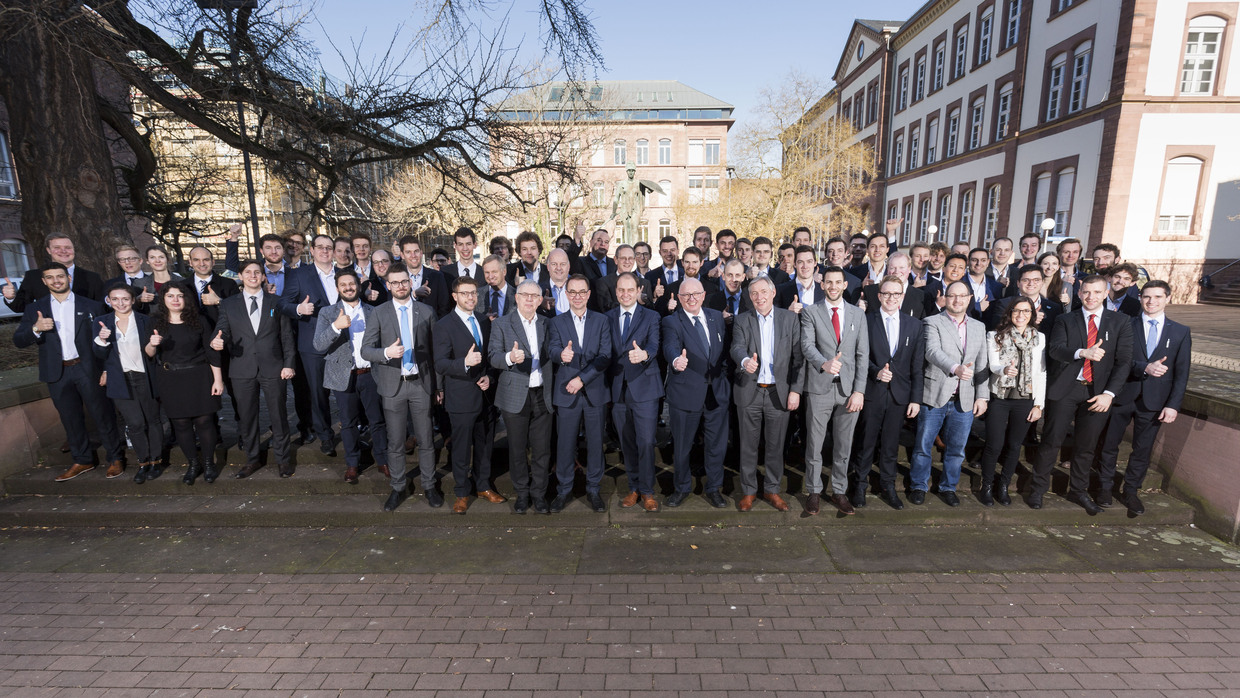
In collaboration with thyssenkrupp 41 students have developed ideas and solutions for the challenge "From big-scale machines to smart organisms in the future-relevant supply of resources - Creating innovative solutions by utilizing the potential of Automation, Digitalization & Modularization".
Five months ago, the IP teams, accompanied by their IPEK supervisors and thyssenkrupp sponsors, started the predevelopment project IP.
The project started with an analysis phase in which the teams got a broad overview on the topics materials handling and mining systems. Therefore, the students conducted an in-depth literature and patent search in order to develop an understanding of the overall system.
This was followed by the potential identification phase, in which product profiles were identified. Product profiles makes the intended provider, customer and user benefits accessible for validation and explicitly defines the scope of solution space for the design of a product generation based on figures, data and facts.
The aim of the subsequent conception phase was to refine the product profiles and to create initial solution concepts. In close consultation with thyssenkrupp sponsors, the IP teams developed first prototypes during the specification phase. Additionally, further development potentials were identified.
The realization phase finally focused on the engineering of detailed prototypes that show the technical and financial feasibility. Thus, the IP teams successfully engineered economically and technically feasible products based on product profiles.
On the 15th February 2019, the products with high innovation potential developed in this project were convincingly presented to an invited audience of over 400 guests from industry and research. Once again, "Integrated Product Development" demonstrated its essential contribution to the innovation performance of the KIT. The success of the event can be traced back to the structured and goal-oriented approach, which is based on new research results and the continuous application of methodological knowledge.
Text by Katharina Dühr, Johannes Gesk and Jan-Hendrik Witt
